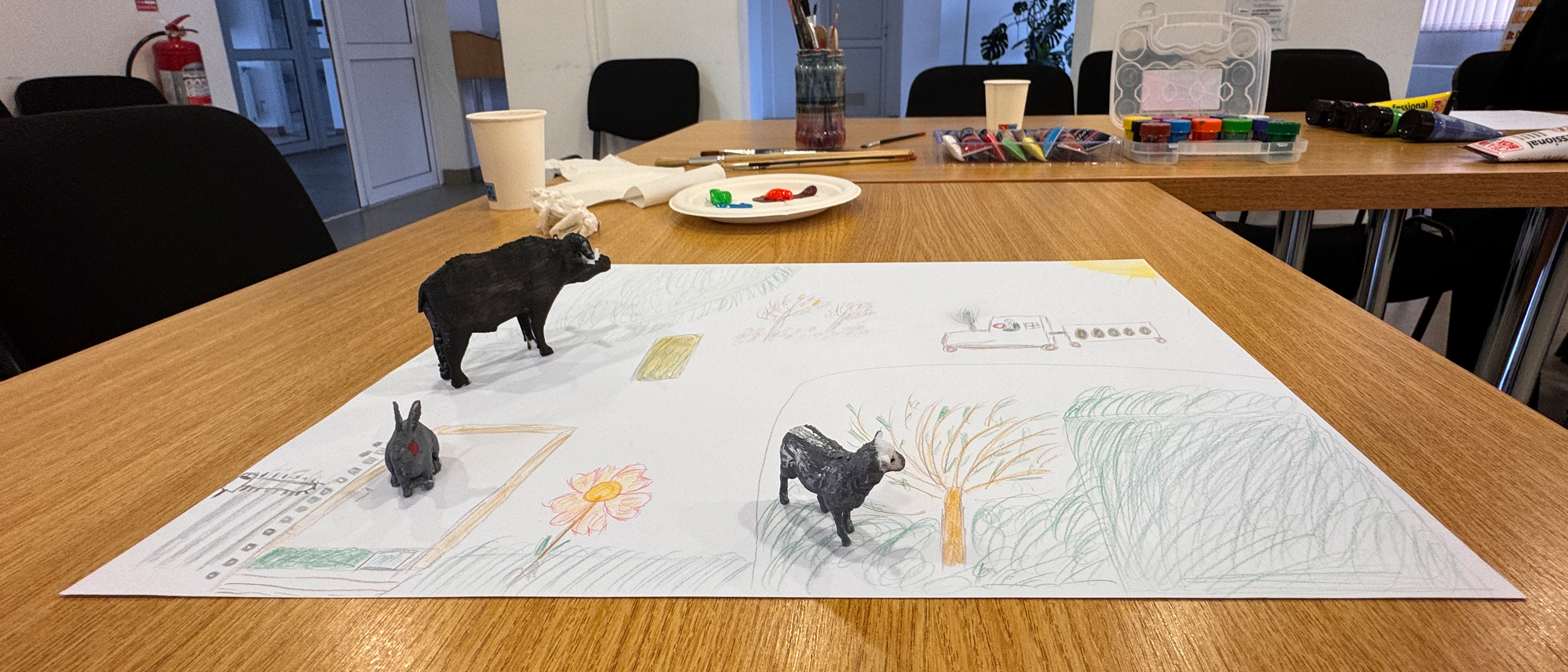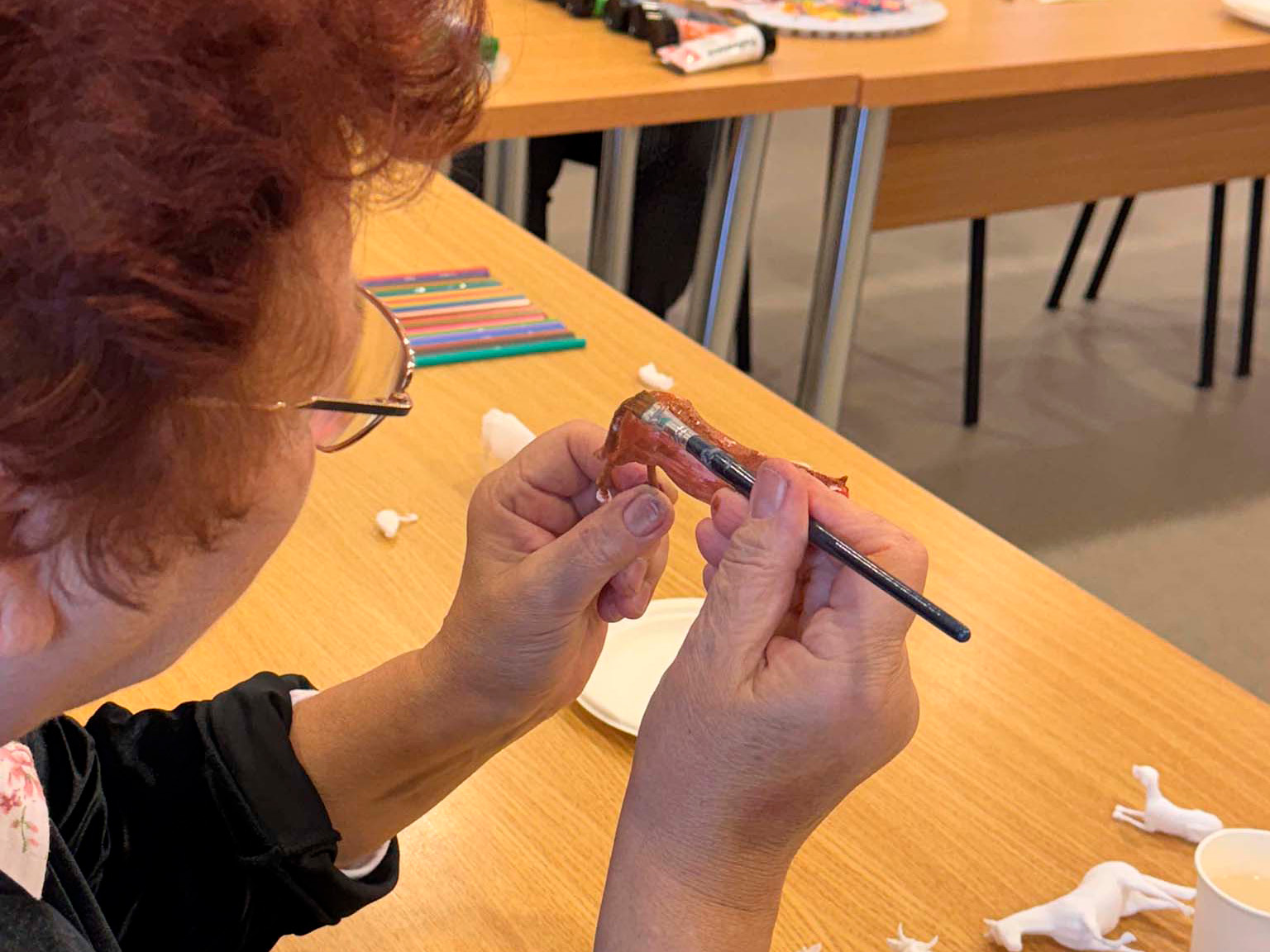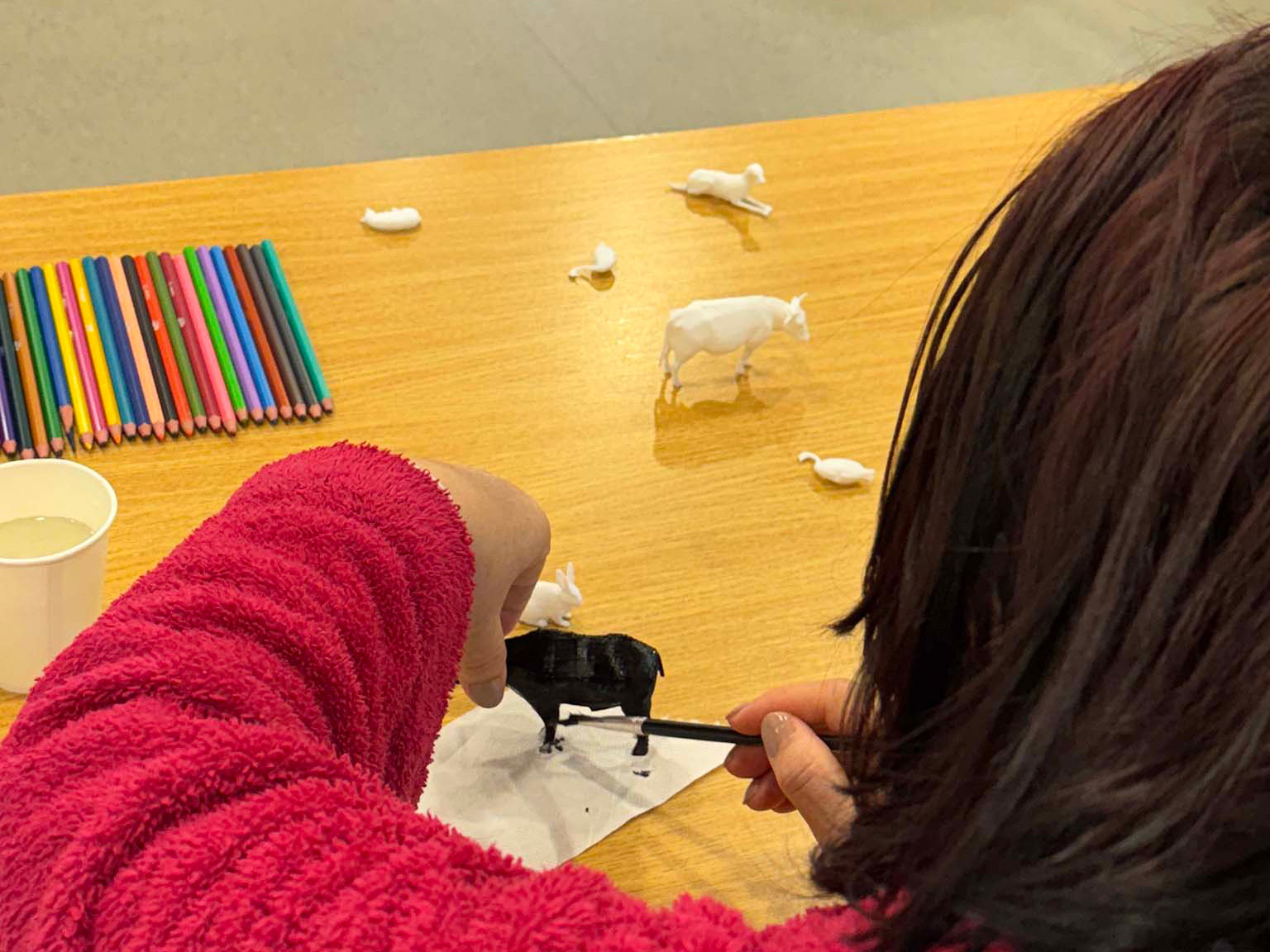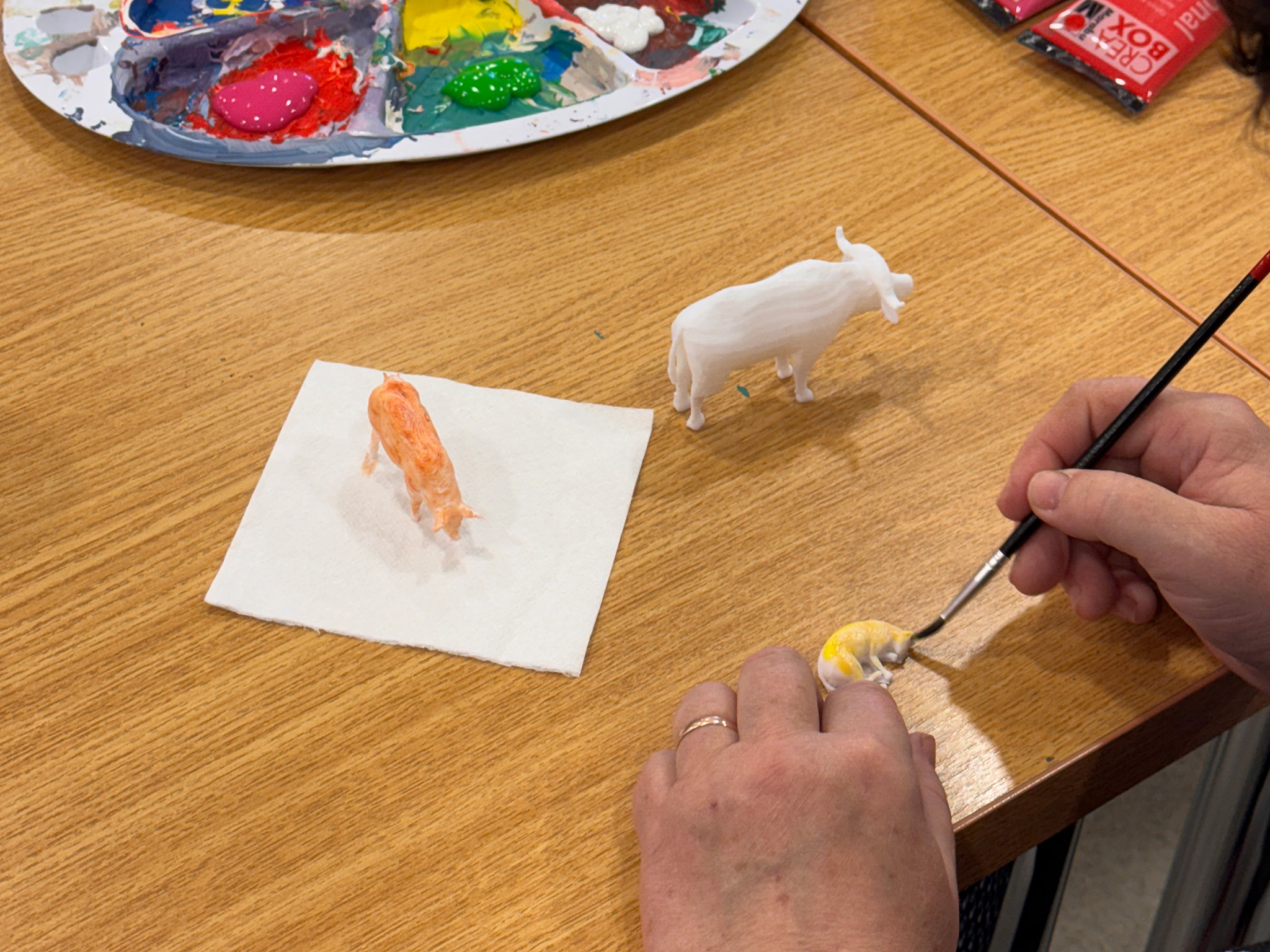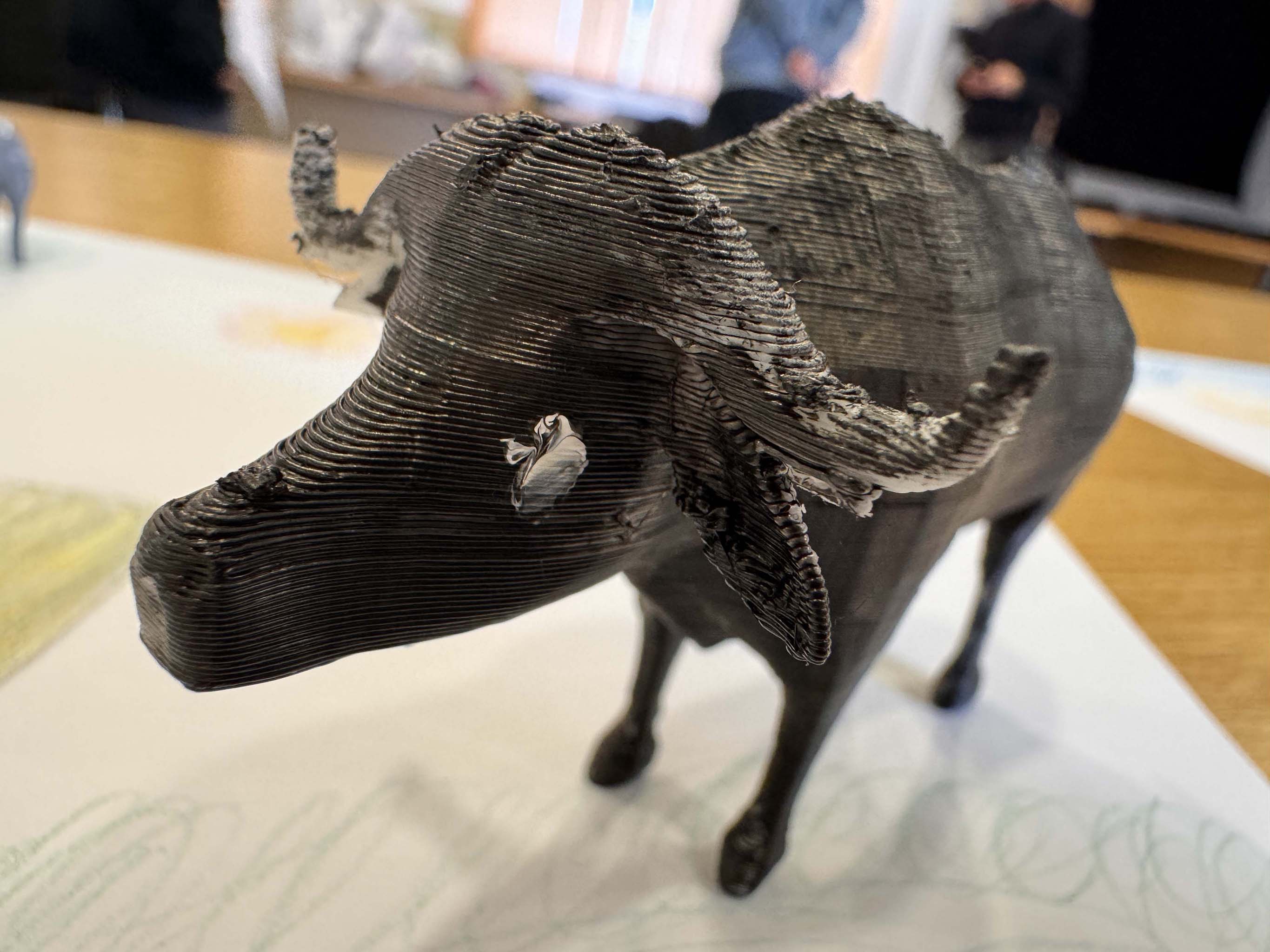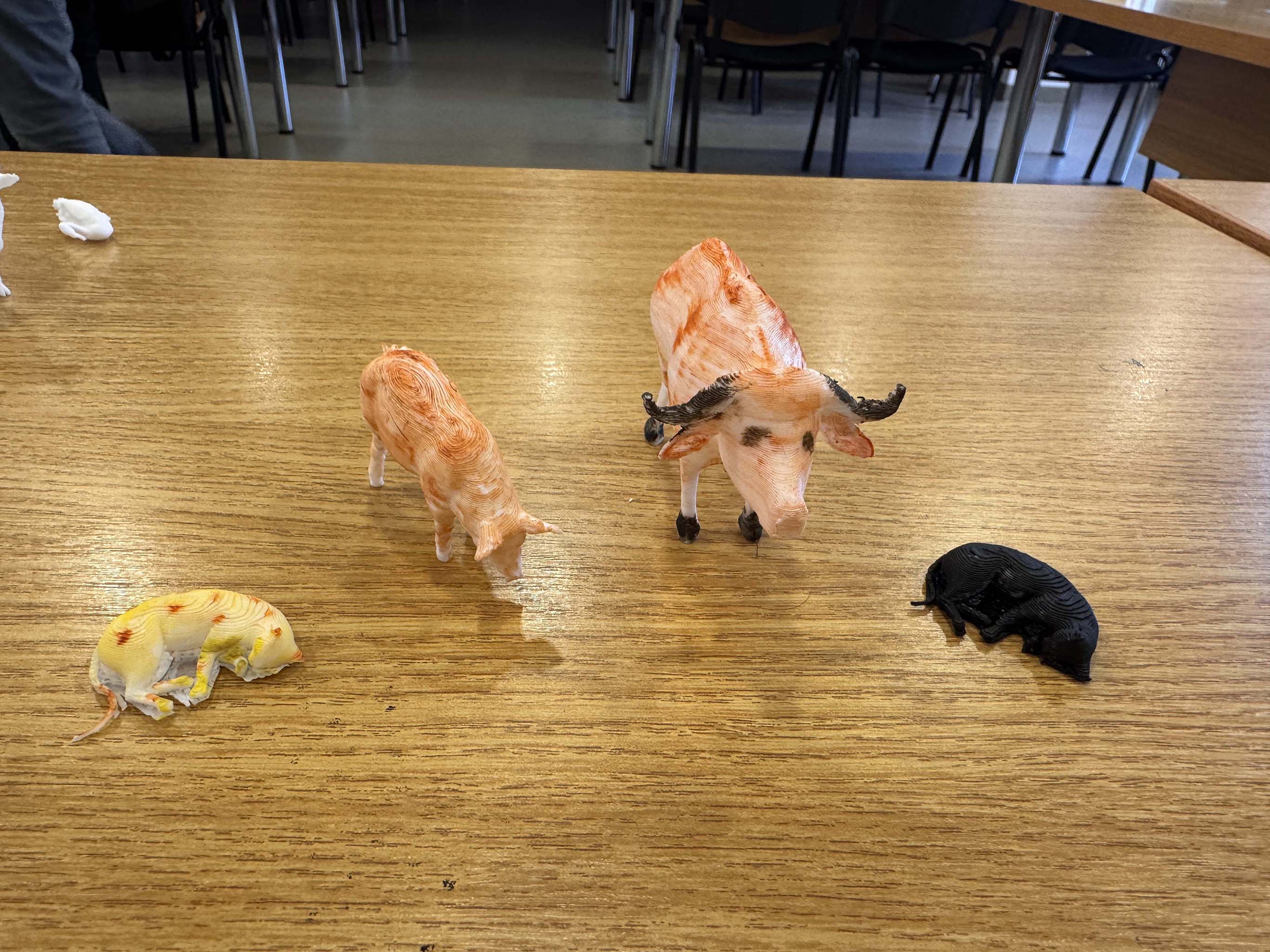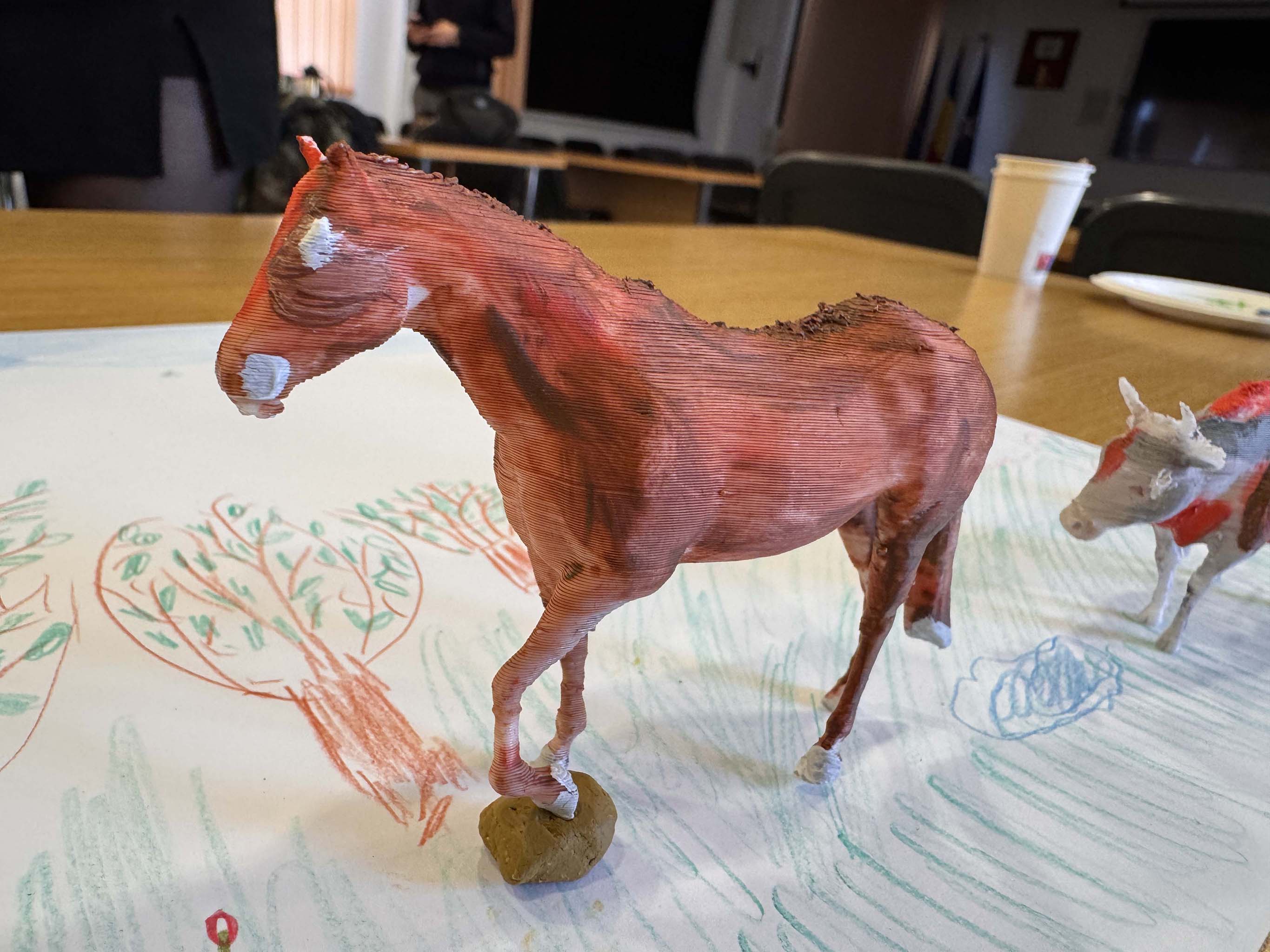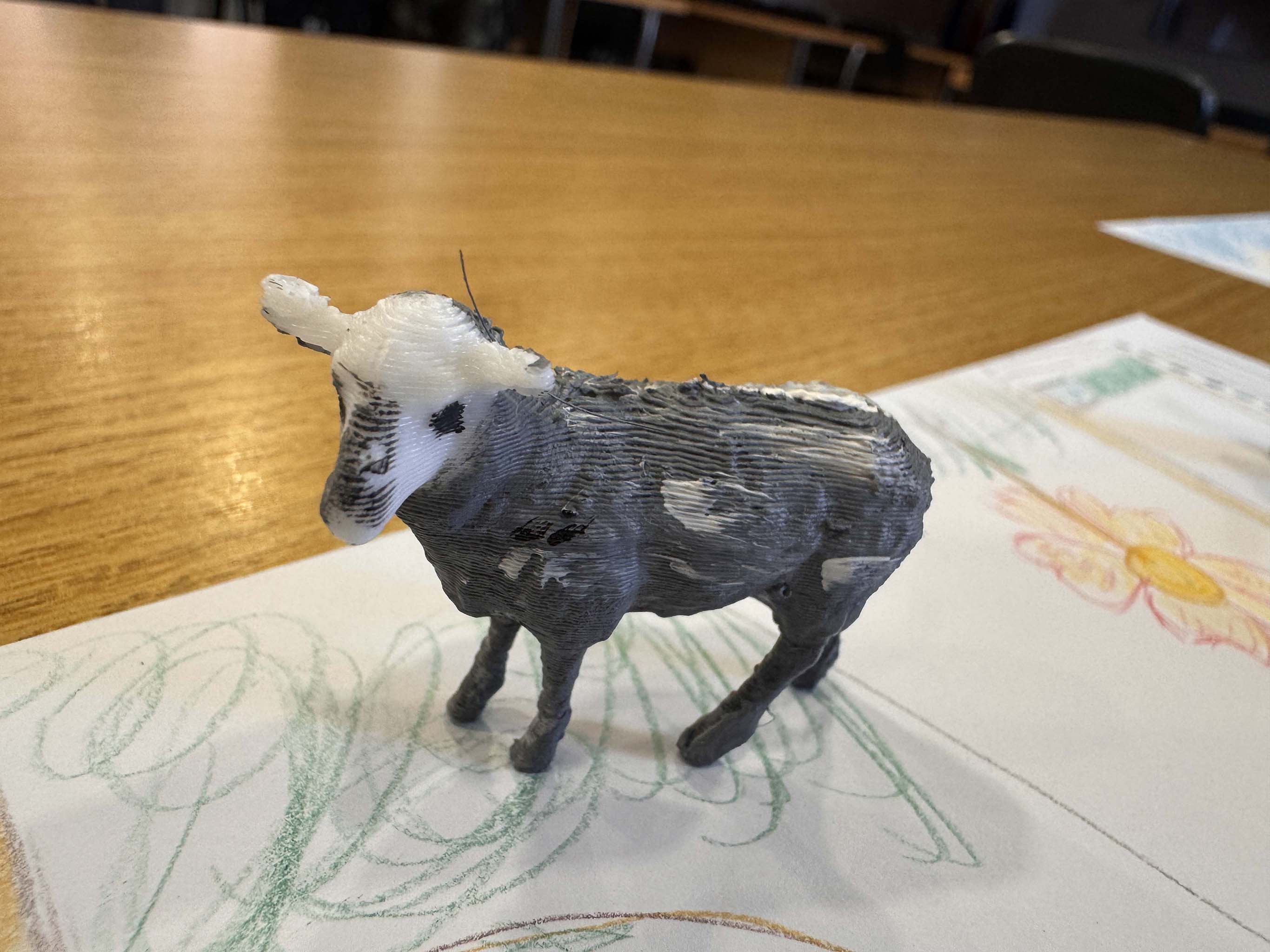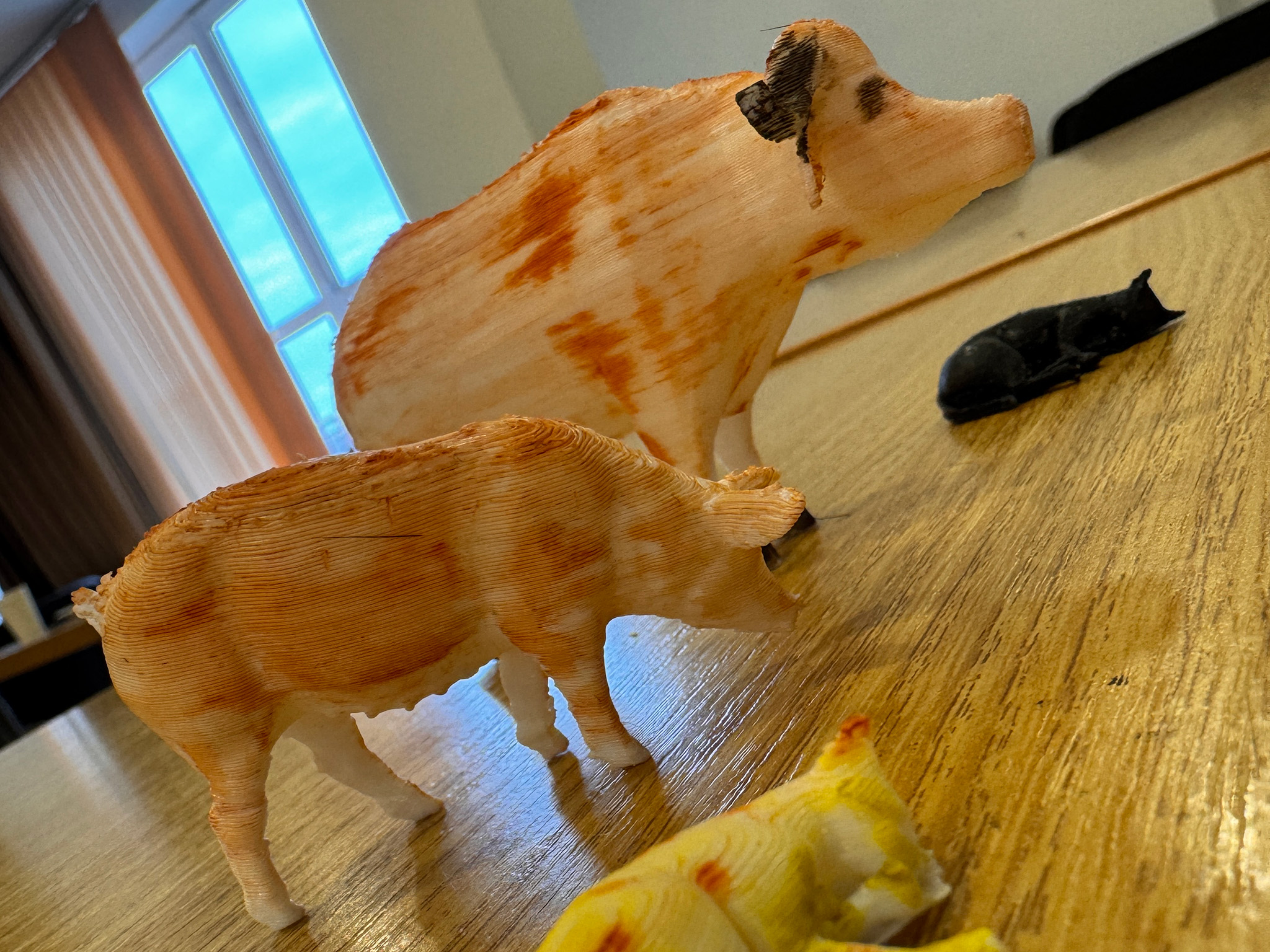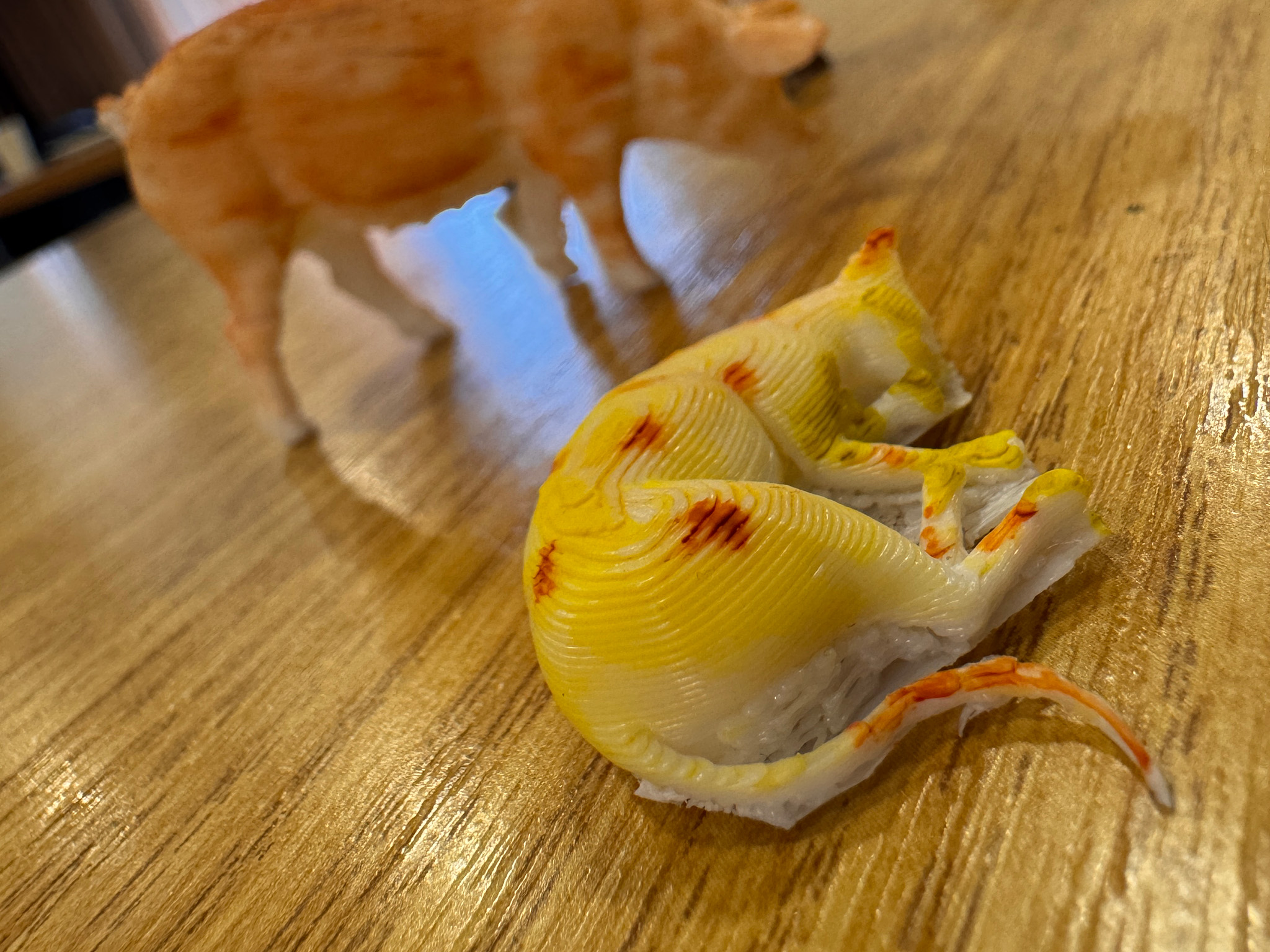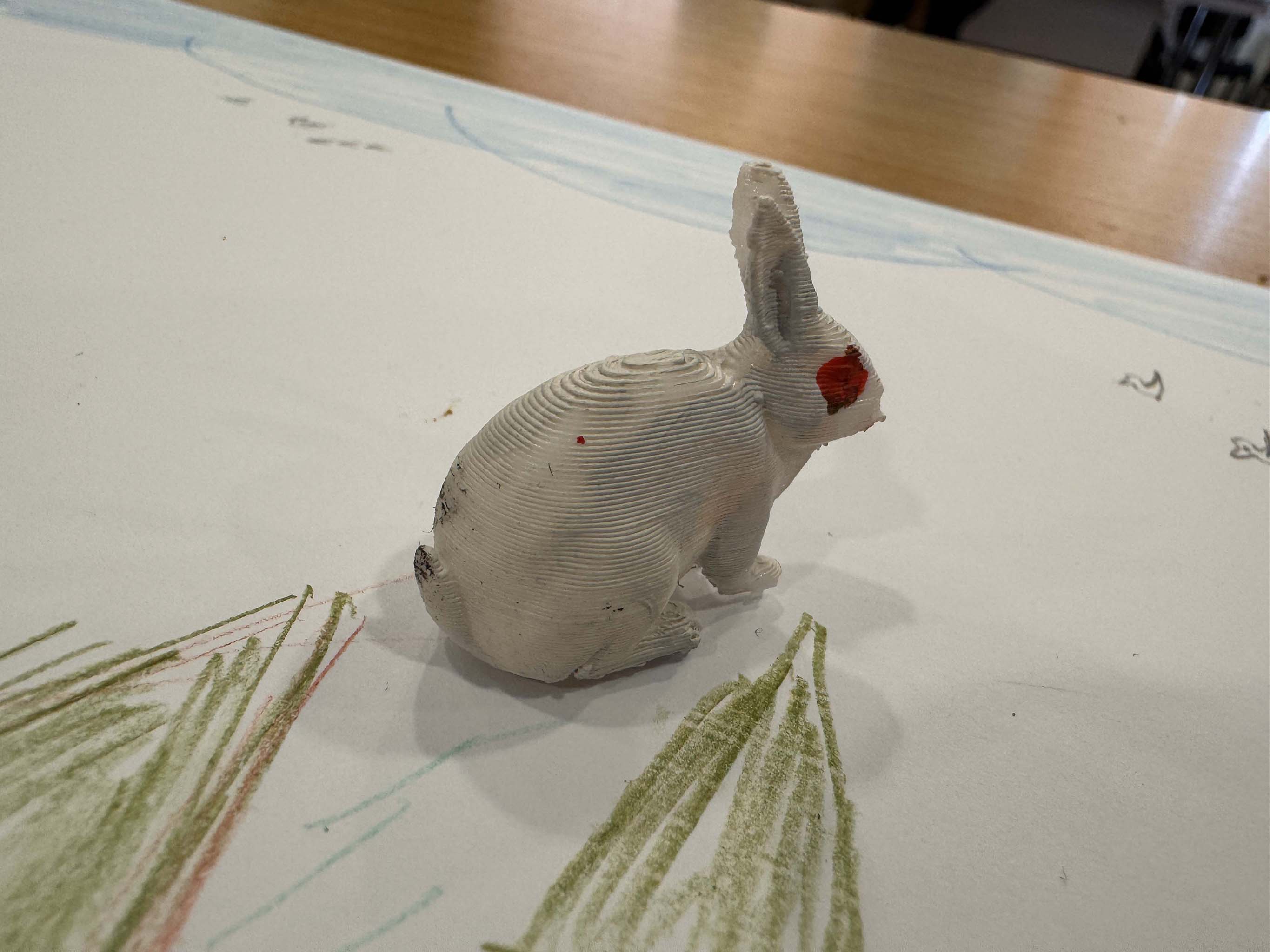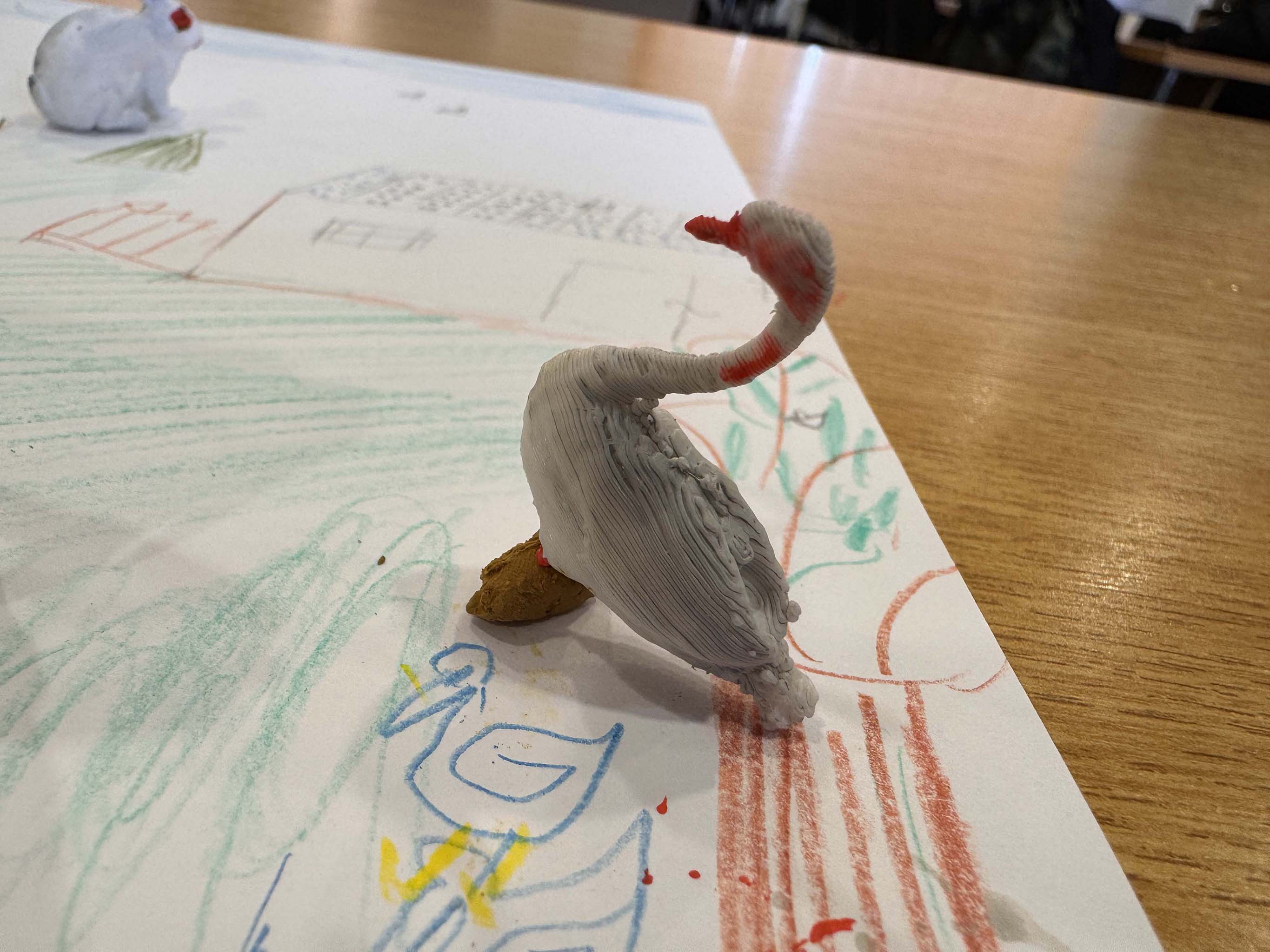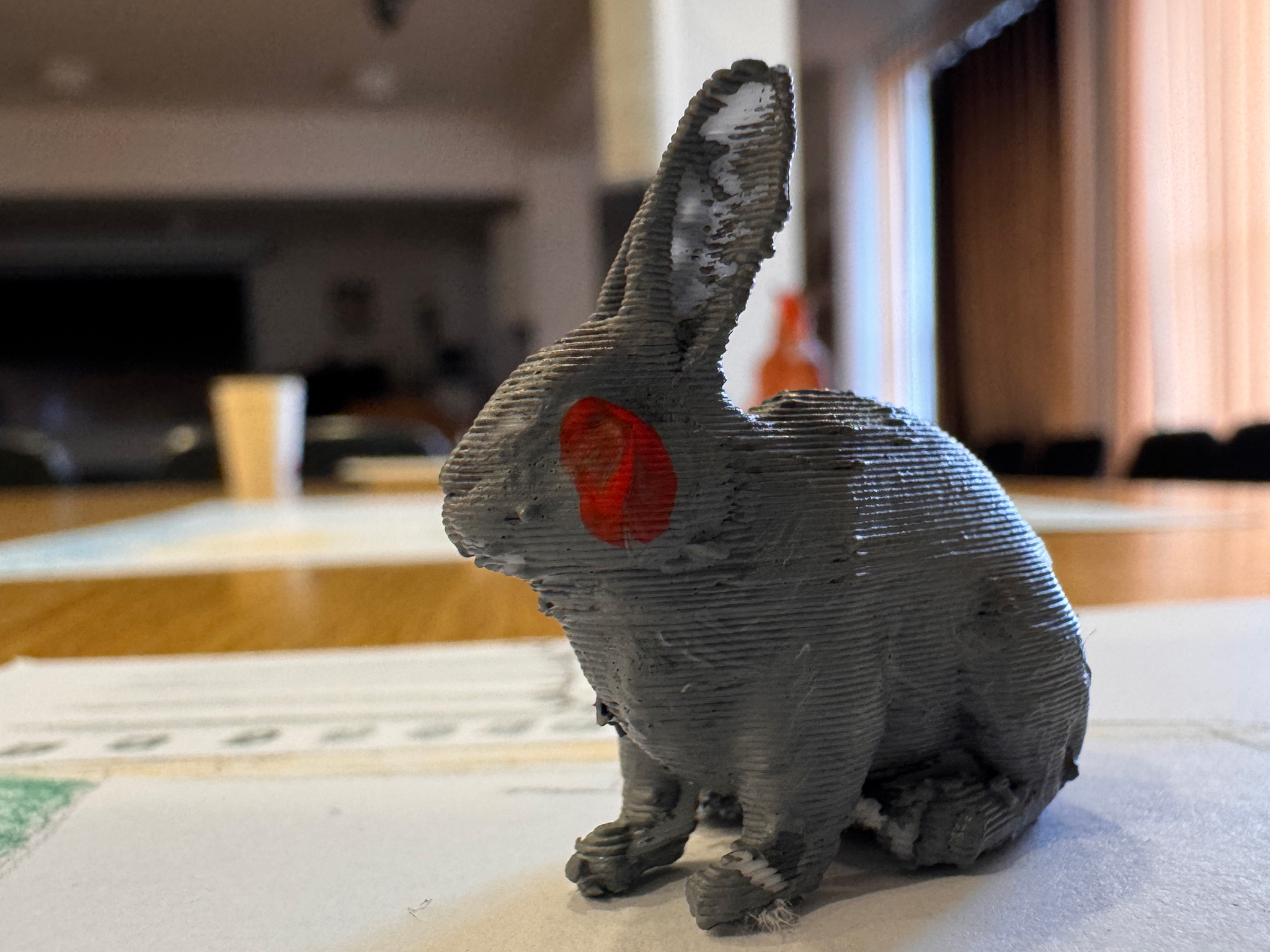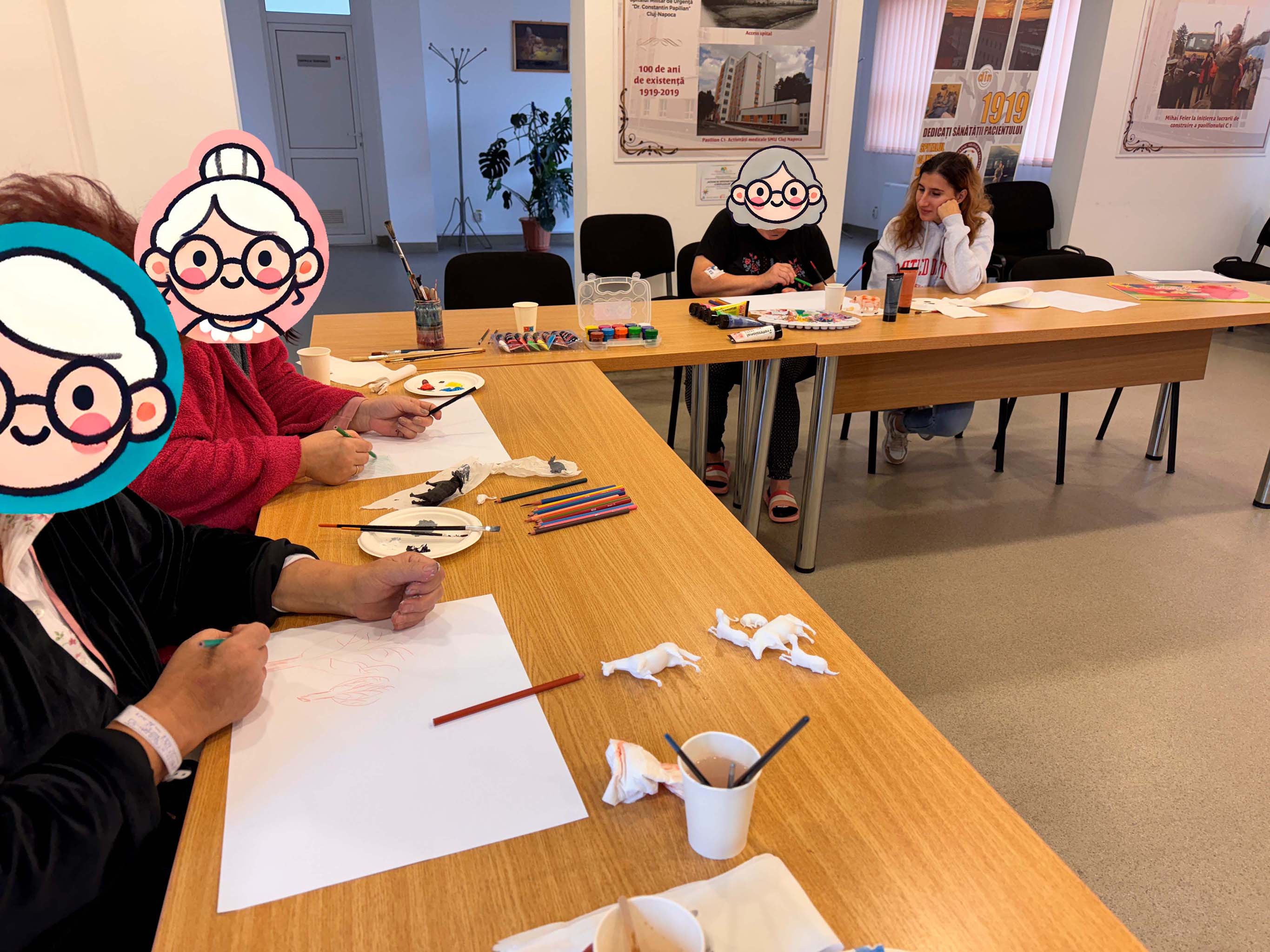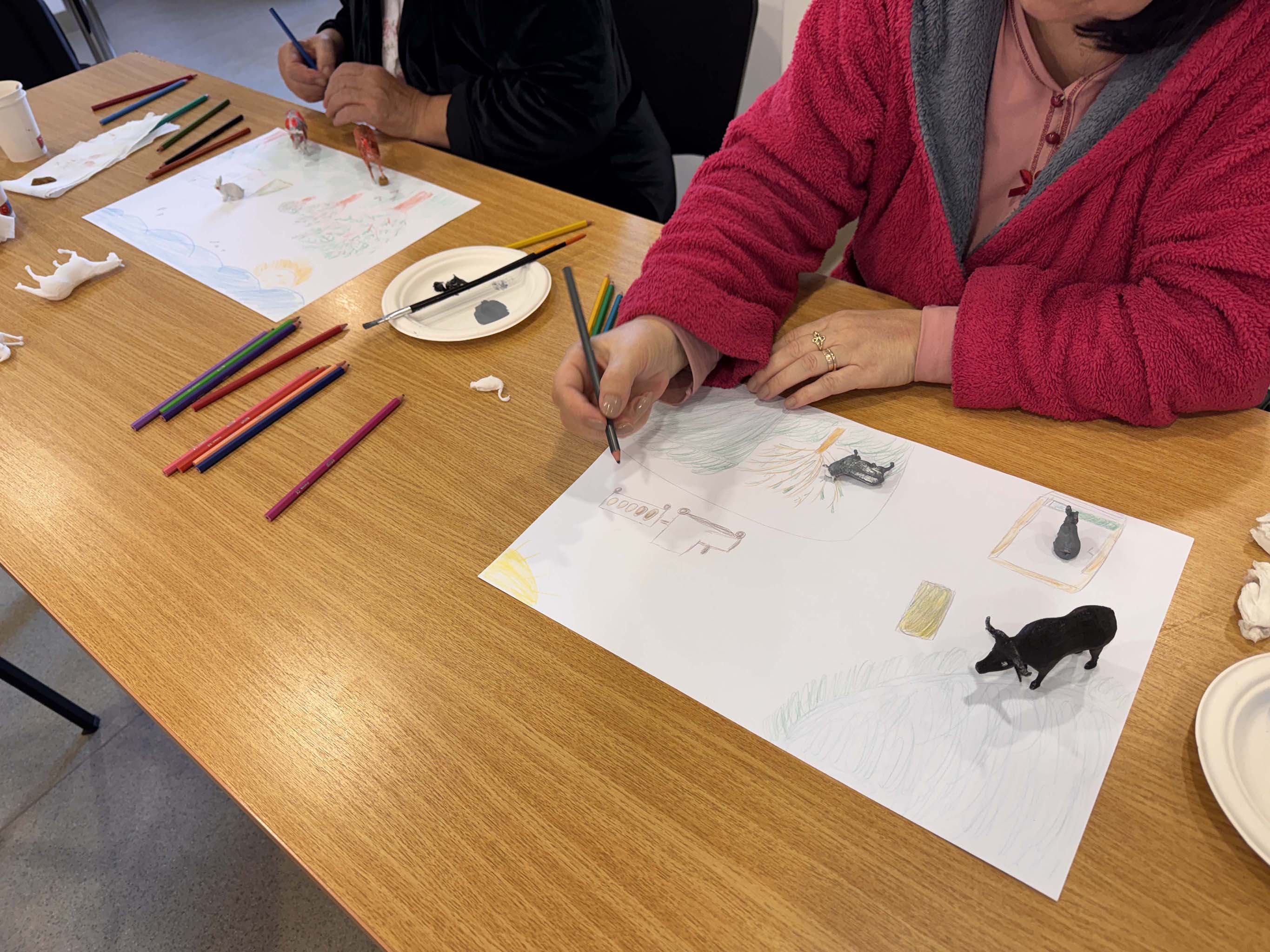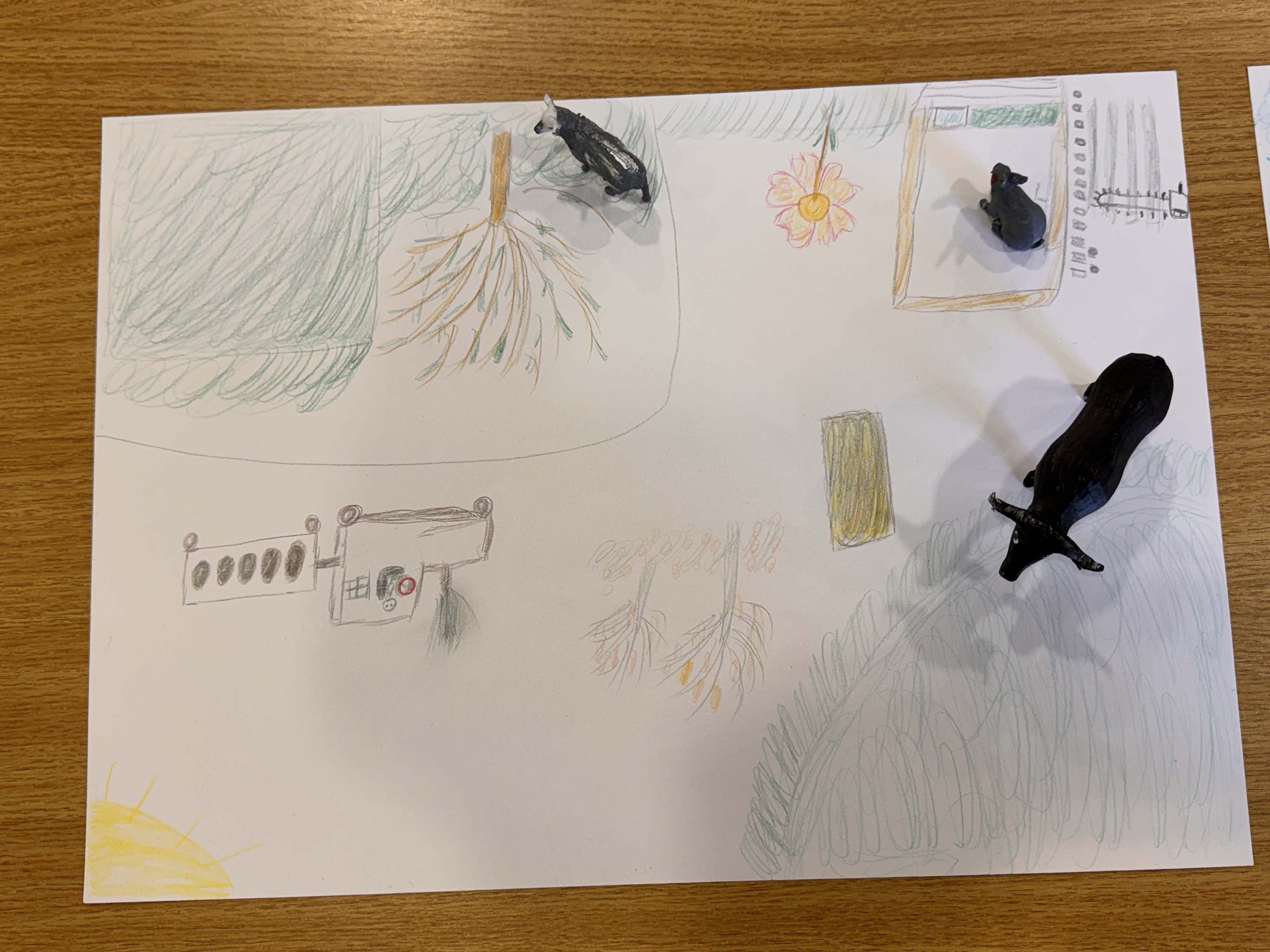Context
Based on my Art Education program at my university, I pursued professional training to gain hands-on experience as someone who uses art as a form of social formation. Art therapy was the subject related to this practical experience.
The specialized practice took place at a local hospital, "Spitalul Militar de Urgență Dr. Constantin Papilian,” where our class conducted activities for patients who were either staying for multiple days or visiting only for the day. The age range was wide, from patients as young as 17 to people in their 70s. Their issues ranged from diabetes and major surgeries to routine blood analyses.
My task was to design an arts and crafts workshop aimed at helping people relax and focus their attention on activities outside of their hospital routines. The duration of this activity was approximately 120 minutes.
The specialized practice took place at a local hospital, "Spitalul Militar de Urgență Dr. Constantin Papilian,” where our class conducted activities for patients who were either staying for multiple days or visiting only for the day. The age range was wide, from patients as young as 17 to people in their 70s. Their issues ranged from diabetes and major surgeries to routine blood analyses.
My task was to design an arts and crafts workshop aimed at helping people relax and focus their attention on activities outside of their hospital routines. The duration of this activity was approximately 120 minutes.
Choosing the Right Theme
Thinking process
I enjoy connecting projects and ideas, preferring to build upon existing research rather than starting from scratch. My natural instinct was to seek inspiration from my surroundings. Since this workshop took place during my final year of studies, I aimed to align it with my Bachelor's degree project, which explores how people interact with nature through the lens of Japanese culture.Drawing from this, I chose Japanese cultural themes for the workshop.
My first choice was a kirigami session, where patients could create various shapes from paper by making precise cuts and folds. This hands-on activity was designed to help participants relax and engage in a creative process outside their usual hospital routines.
My first choice was a kirigami session, where patients could create various shapes from paper by making precise cuts and folds. This hands-on activity was designed to help participants relax and engage in a creative process outside their usual hospital routines.
Theme
After trying this technique on my own, I concluded that it wasn't appropriate because it was difficult to work with, requiring attention to detail and careful cutting and folding. I realized that I would lose the patients' attention during this tedious process, so I had to change direction.
This led me to adopt a broader nature motif as the main theme for the workshop. Since Romania is a predominantly rural country, with roughly half of its population living in the countryside, I saw an opportunity to make the activity more relatable by incorporating elements from rural life. Consequently, my final theme idea was "The Animal Farm."
This led me to adopt a broader nature motif as the main theme for the workshop. Since Romania is a predominantly rural country, with roughly half of its population living in the countryside, I saw an opportunity to make the activity more relatable by incorporating elements from rural life. Consequently, my final theme idea was "The Animal Farm."
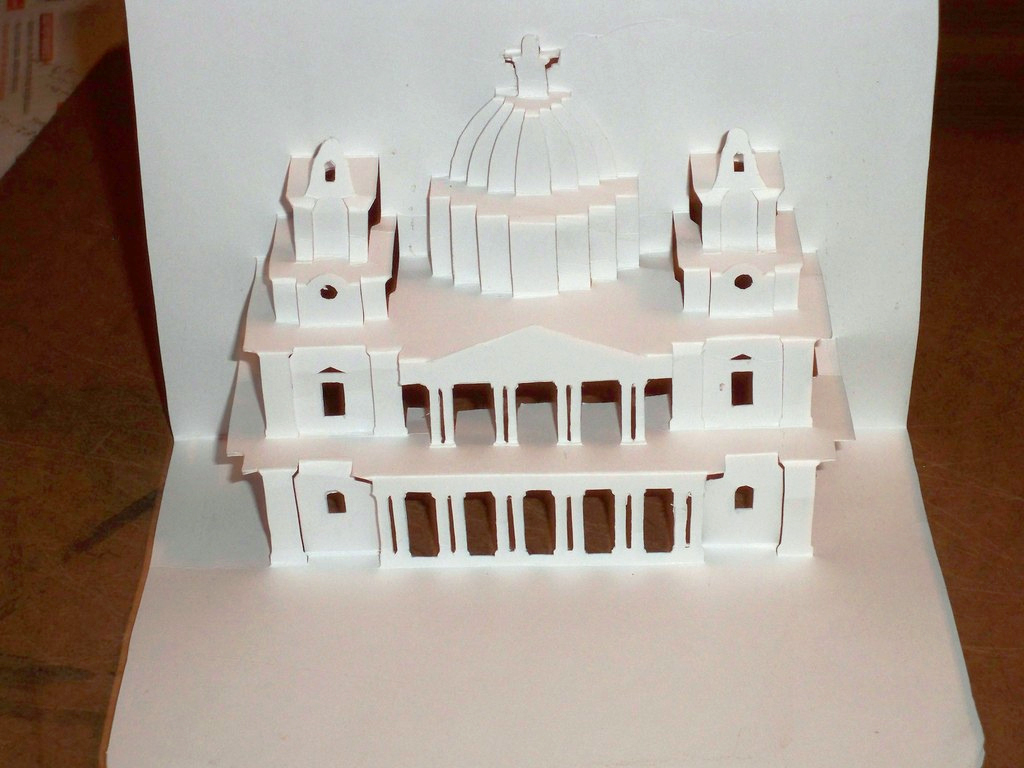
Bharath Kishore, St Paul's Cathedral (2011), Kirigami
Now that I had the theme, it was time to think about the process:
1.What can I do to make them feel safe?
My mentor warned me that many people are scared of drawing tasks. They feel ashamed of their skills because they don't have an artistic background.
2.How can I keep their focus for the whole duration?
After attending different activities managed by my classmates, I realized that the majority of the patients lose their focus after 60 minutes. So, a single monolithic activity wouldn't suffice.
3.What materials should they use?
Fortunately, we had plenty of materials to choose from, ranging from pencils and paint to clay.
4.How can I develop a unique experience for the attendees?
Some patients attended multiple sessions held by my classmates, so repeating the same idea twice would make the whole thing boring. I had to differentiate myself from others.
After a careful consideration of these points, I started laying out guides that address the needs:
1.Break down the main task into smaller step
2.Bypass participants' lack of skill.
3.Use my personal experience to bring something new to the table
I consider myself an interdisciplinary person who likes to mix and match ideas and mediums to bring creativity into my projects. I enjoy 3D printing and have successfully incorporated 3D printed parts into my art projects. My projects stood out from others because I brought something new. This was a potential starting point. I just had to ensure I could use this trait to address the mentioned problems.
By bringing the pieces together, this was my first plan: 3D Print Animal Figurines. This way, people don't have to draw anatomy and perspective from scratch.
Since the 3D printing process results in blank models, participants could paint the animals to create their own "Animal Farm." We provided plenty of brushes and acrylic paint for this process.
I still had one problem: I had to split the big task into smaller tasks. My professor suggested creating a two-part activity. In the first part, I would follow my initial plan, and in the second part, I would ask the attendees to create living spaces for the animals—the actual farm. Considering that drawing sceneries is less intimidating than creating animals from scratch, pencil drawing was chosen for its speed and the freedom it enables.
After a little bit of tweaking with help from my mentor, the final structure was created. Let's take a closer look at the steps involved.
1.What can I do to make them feel safe?
My mentor warned me that many people are scared of drawing tasks. They feel ashamed of their skills because they don't have an artistic background.
2.How can I keep their focus for the whole duration?
After attending different activities managed by my classmates, I realized that the majority of the patients lose their focus after 60 minutes. So, a single monolithic activity wouldn't suffice.
3.What materials should they use?
Fortunately, we had plenty of materials to choose from, ranging from pencils and paint to clay.
4.How can I develop a unique experience for the attendees?
Some patients attended multiple sessions held by my classmates, so repeating the same idea twice would make the whole thing boring. I had to differentiate myself from others.
After a careful consideration of these points, I started laying out guides that address the needs:
1.Break down the main task into smaller step
2.Bypass participants' lack of skill.
3.Use my personal experience to bring something new to the table
I consider myself an interdisciplinary person who likes to mix and match ideas and mediums to bring creativity into my projects. I enjoy 3D printing and have successfully incorporated 3D printed parts into my art projects. My projects stood out from others because I brought something new. This was a potential starting point. I just had to ensure I could use this trait to address the mentioned problems.
By bringing the pieces together, this was my first plan: 3D Print Animal Figurines. This way, people don't have to draw anatomy and perspective from scratch.
Since the 3D printing process results in blank models, participants could paint the animals to create their own "Animal Farm." We provided plenty of brushes and acrylic paint for this process.
I still had one problem: I had to split the big task into smaller tasks. My professor suggested creating a two-part activity. In the first part, I would follow my initial plan, and in the second part, I would ask the attendees to create living spaces for the animals—the actual farm. Considering that drawing sceneries is less intimidating than creating animals from scratch, pencil drawing was chosen for its speed and the freedom it enables.
After a little bit of tweaking with help from my mentor, the final structure was created. Let's take a closer look at the steps involved.
